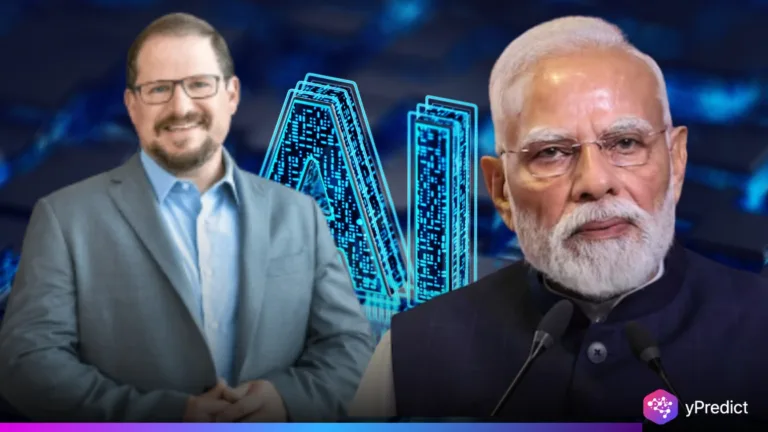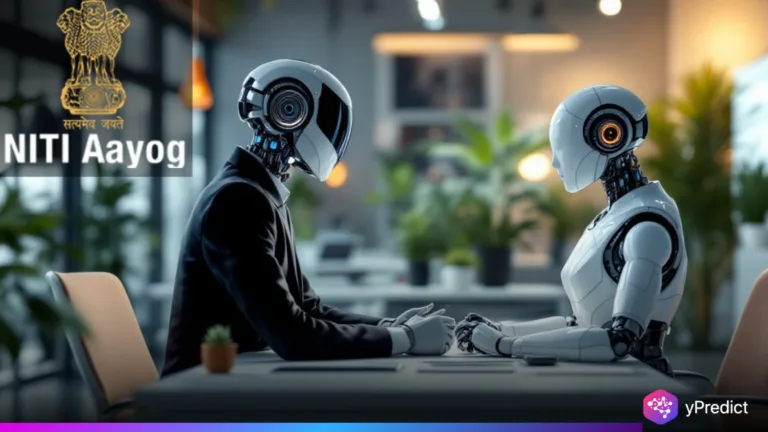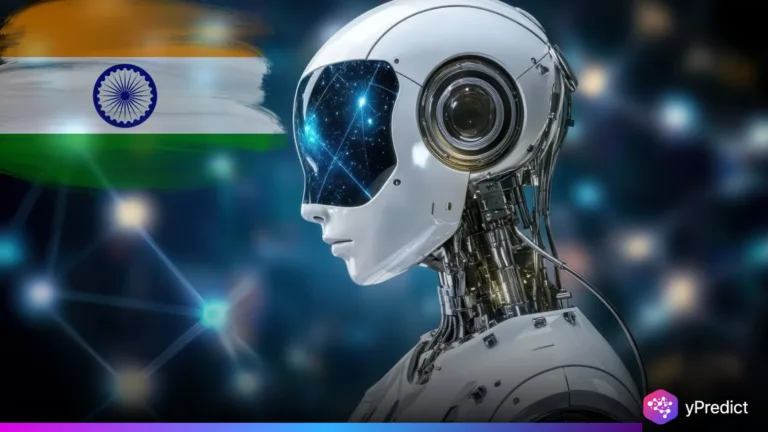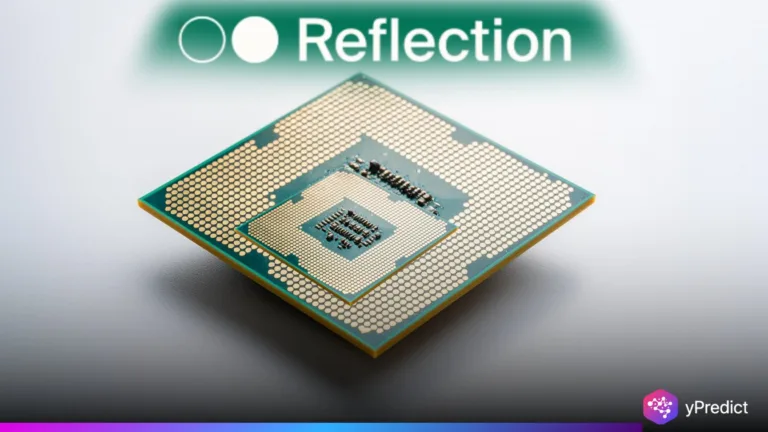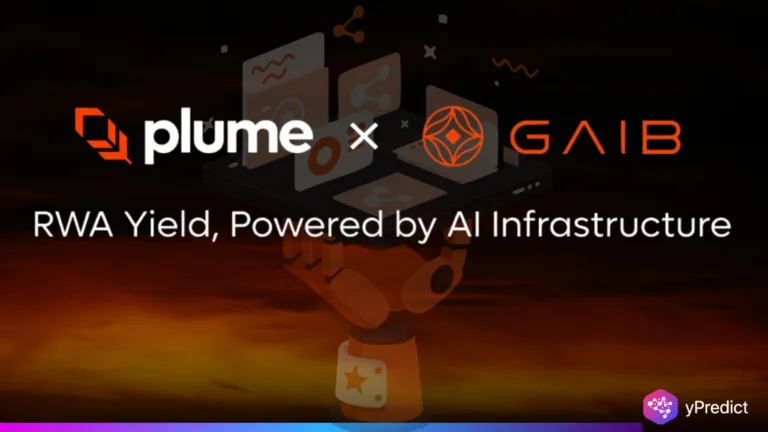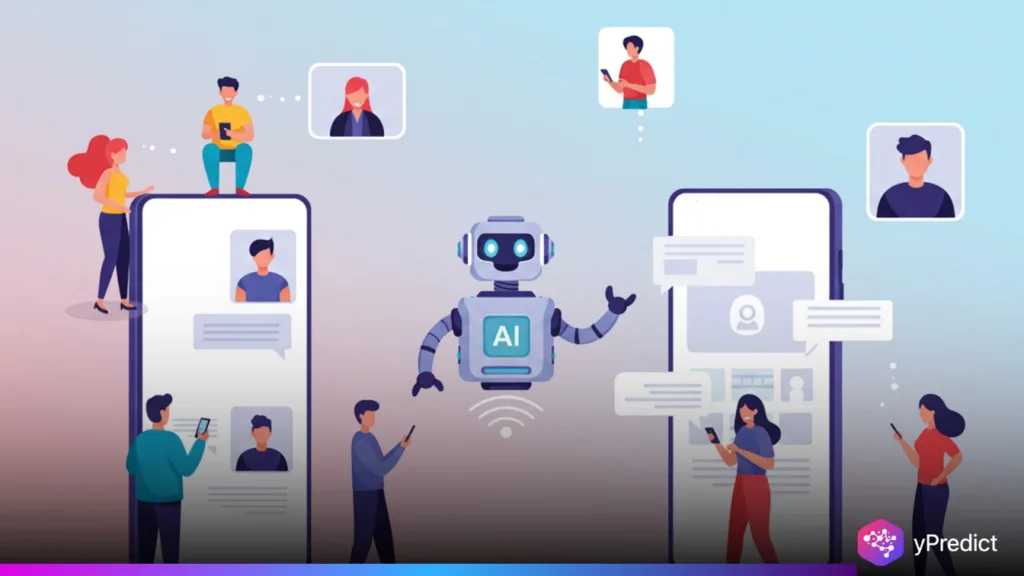
India is building its own national AI model, set to launch by December 2025. The project falls under the IndiaAI Mission, led by the Ministry of Electronics and Information Technology (MeitY). The goal? Reduce dependence on foreign systems like those from OpenAI or Google. This new AI model aims to support India’s push for tech sovereignty and multilingual access. It will understand and respond in several Indian languages, bridging gaps in public services, education, and healthcare. Officials plan to unveil it at the India-AI Impact Summit in early 2026, positioning India as a serious contender in the global AI race.
Building India’s Own AI Model
The IndiaAI Mission is massive. It combines state support, startup innovation, and heavy infrastructure. Over 38,000 GPUs are being deployed to train the national AI model. Companies like Sarvam and Gnani are leading development, backed by government funding and access to India’s growing AI compute network. This ecosystem already includes 10,000 GPUs with another 18,000 affordable units on the way.
What sets this AI model apart is its focus on India’s diversity. It’s being trained on local data and languages—over 1,600 of them. That means it can understand regional dialects and cultural context better than global models built elsewhere. The project also emphasizes “frugal innovation.” Like India’s Mars Orbiter Mission, it aims for global results on a lean budget.
Still, it’s a race against time. Officials want the model ready by December 2025 and polished for display at the February 2026 summit. For India’s tech leaders, this is more than an AI experiment. It’s a declaration of self-reliance in a space dominated by U.S. and Chinese giants.
Reactions and Realities
The announcement has sparked mixed reactions. Supporters see the AI model as a symbol of independence. They believe it can power new public services, expand access to digital tools, and boost local startups. Some even say it could define India’s role in the Global South’s AI future.
Critics, however, remain cautious. They question the timeline and the government’s track record with large projects. Skeptics warn that delays, funding gaps, or weak coordination could derail progress. A few worry that too much focus on scale might compromise quality and safety. Others point out that public engagement is still limited—the original post barely reached 40 likes online.
Even so, momentum is growing. The multilingual focus and voice support could make this AI model widely useful, especially in rural India. Imagine farmers asking it for crop advice in their mother tongue, or teachers using it to create regional study materials. The opportunity is clear—but only if the model meets real-world needs and earns public trust.
Conclusion
India’s upcoming AI model represents more than technology—it’s strategy. It shows a nation determined to build, not borrow. The success of this effort will depend on execution, ethics, and long-term support. If India can deliver a powerful, inclusive AI model, it won’t just serve its 1.4 billion citizens—it could offer a blueprint for other developing nations too. But the clock is ticking. December 2025 isn’t far away, and the world is watching. The next few months will decide whether India’s vision becomes reality—or remains just another bold announcement.

